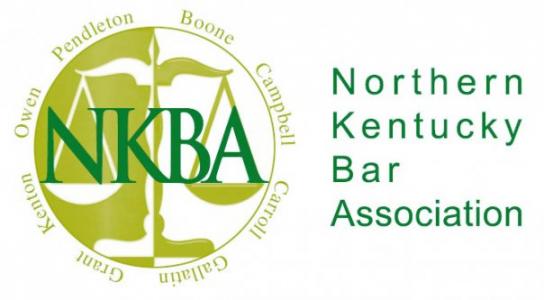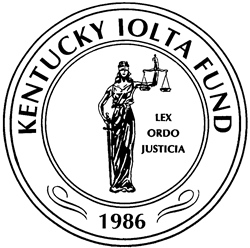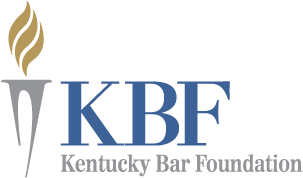Blog
The Intra-Corporate Conspiracy Doctrine and Claims for Conspiracies Under 42 U.S.C. 1985(3) in the Sixth Circuit
The Sixth Circuit has held that in order to establish a claim for conspiracy under 42 U.S.C. § 1985(3), the plaintiff must first prove the existence of “…a conspiracy involving two or more persons….” Johnson v. Hills & Dales Gen. Hosp., 40 F.3d 837, 839 (6th Cir. 1994). In the context of an employment discrimination case, the intra-corporate conspiracy doctrine will make it difficult for a plaintiff to establish the existence of a conspiracy involving two or more persons employed by the same corporation or organization.
The intra-corporate conspiracy doctrine provides that “a corporation cannot conspire with its own agents or employees.” Hull v. Cuyahoga Valley Joint Vocational Sch. Dist. Ed. Of Educ., 926 F.2d 505, 509 (6th Cir. 1991), citing Doherty v. American Motors Corp., 728 F.2d 334, 339 (6th Cir. 1984). The Sixth Circuit has applied the intra-corporate conspiracy doctrine in civil rights cases. See Amadasu v. The Christ Hosp., 514 F.3d 504 (6th Cir.2008); Johnson v. Hills & Dales Gen. Hosp., 40 F.3d 837 (6th Cir.1994). The intra-corporate conspiracy doctrine was adopted by the Sixth Circuit because “’[i]t is basic in the law of conspiracy that you must have two persons or entities to have a conspiracy. A corporation cannot conspire with itself any more than a private individual can, and it is the general rule that the acts of the agent are the acts of the corporation.’” Hull, 926 F.2d at 509, quoting Nelson Radio & Supply Co. v. Motorola, Inc., 200 F.2d 911, 914 (5th Cir.1952). Indeed, when “all of the defendants are members of the same collective entity, there are not two separate ‘people’ to form a conspiracy.” Amadasu v. Christ Hosp., 514 F.3d at 507, see also Baar v. Jefferson Cnty. Bd. of Educ., 311 F. App'x 817, 826-27 (6th Cir. 2009). Under the intra-corporate conspiracy doctrine a conspiracy does not exist when a corporation is “acting exclusively through its own directors, officers, and employees, each acting within the scope of his employment.” Helton v. Am. Gen. Life Ins. Co., 946 F.Supp. 2d 695, 713 (W.D. Ky. 2013), quoting Doherty, 728 F.2d 334 at 339. The intra-corporate conspiracy doctrine “…applies to both government entities and corporations.”Brace v. Ohio State Univ., 866 F.Supp. 1069, 1075 (S.D.Ohio 1994). Therefore, if a plaintiff cannot prove that two or more employees within an organization acted other than in the normal course of their corporate duties, their conspiracy claims under 42 U.S.C. § 1985(3) will be barred by the intra-corporate conspiracy doctrine by courts in the Sixth Circuit.
There is an exception to the intra-corporate conspiracy doctrine where the challenged actions of a corporation's employees fall outside the scope of their employment. Johnson v. Hills & Dales Gen. Hosp., 40 F.3d 837, 840 (6th Cir. 1994). This exception “recognizes a distinction between collaborative acts done in pursuit of an employer’s business and private acts done by persons who happen to work at the same place.” Johnson, 40 F.3d at 840. The Court in Johnson held “that when employees act outside the course of their employment, they and the corporation may form a conspiracy under 42 U.S.C. § 1985(3).” Id. at 841.Accordingly, a conspiracy could be established “if the employees' actions were solely the result of personal bias” and “the aim of the conspiracy exceeds the reach of legitimate corporate activity.” Id., citing Harman v. Bd. of Trustees of Cmty. College Dist. No. 508, Cook County, Ill., 4 F.3d 465, 470 (7th Cir. 1993). However, “if the challenged conduct is essentially a single act of discrimination by a single business entity, the fact that two or more agents participated in the decision or in the act itself will normally not constitute the conspiracy contemplated by this statute.” Dombrowski v. Dowling, 459 F.2d 190, 196 (7th Cir. 1972). “[M]anagers of a corporation jointly pursuing its lawful business do not become ‘conspirators' when acts within the scope of their employment are said to be discriminatory or retaliatory.” Johnson, 40 F.3d at 840, quoting Travis v. Gary Cmty. Mental Health Ctr., Inc., 921 F.2d 108, 110 (7th Cir. 1990). Moreover, “simply suing corporate officers in their individual capacities is not enough to make them persons separate from the corporation….The plaintiff must also allege…that they acted other than in the normal course of their corporate duties.” Harris v. Board of Educ., 798 F.Supp. 1331, 1346 (S.D.Ohio 1992) (internal quotation marks and citation omitted). Therefore, if a plaintiff cannot establish an exception to the intra-corporate conspiracy doctrine, their claims under U.S.C. § 1985(3) will be barred by courts in the Sixth Circuit.
Written by: J. Eric Rottinghaus, Esq.







